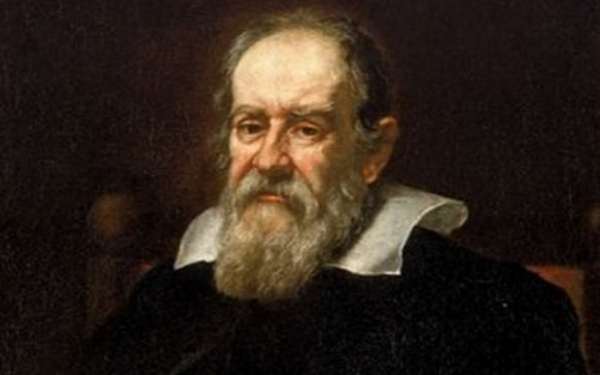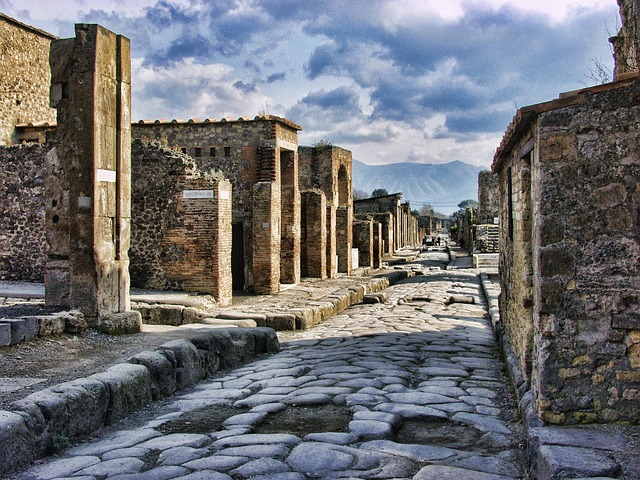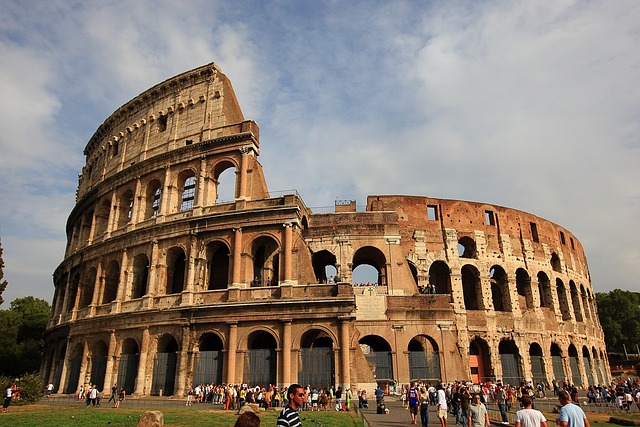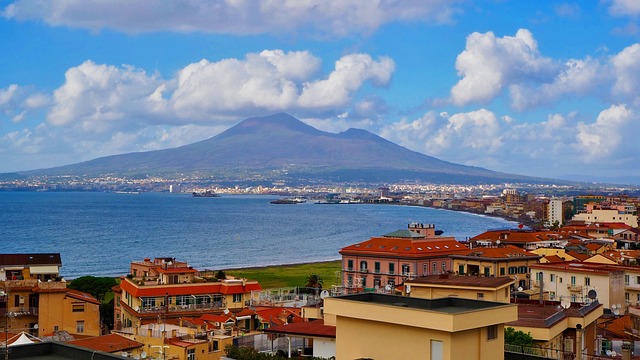Tag: Italy
-
Galileo Galilei Facts for Kids | Father of Modern Physics
Galileo Galilei was a famous physicist, astronomer, mathematician and philosopher of Italy. During 14th and 17th centuries, he made some revolutionary discoveries in the field of physics and astronomy. Due to his remarkable achievements, Galileo is rightly regarded as the father of observational astronomy. In the field of astronomy, he discovered the four largest satellites of Jupiter;…
Written by

-
Pompeii Facts For Kids | Ancient Roman Town
Pompeii was an old city of Romans. It is located in the region of Southern Italy known as Campania. According to experts, this city was basically built by the Oscans and dates back to the 6th or perhaps 7th century BC. Later on, Romans came here and settled themselves. During 1st century AD, Pompeii was…
Written by

-
Colosseum Facts For Kids | Largest Amphitheatre In The World
The most famous site for the tourists in Rome is Colosseum. It is by far the biggest amphitheatre in the world and one of the greatest remains of the Roman Empire. Let’s explore it further in Colosseum facts for kids. A Quick Guide To Colosseum Facts For Kids Starting Date of Construction: 70 AD Ending…
Written by

-
Roman Facts For Kids | Facts About Roman History
People who live in the Italian city of Rome are called Romans. It is a very old city and therefore Romans has a rich cultural history that dates back to thousands of years. Let’s have a quick review about Roman civilization and culture in Roman facts for kids. Roman Emperors | Interesting Roman Facts For…
Written by

-
Mount Vesuvius Facts For Kids | The Most Active Volcano in Europe
The Vesuvius is probably the most active volcano in the entire Europe which is believed to have caused as much damage as any other volcanic eruption. The volcano has long been admired for its silent yet deadly nature to the inhabitants of Europe and to the residents of Southern Italy in particular. Mount Vesuvius Facts For…
Written by

